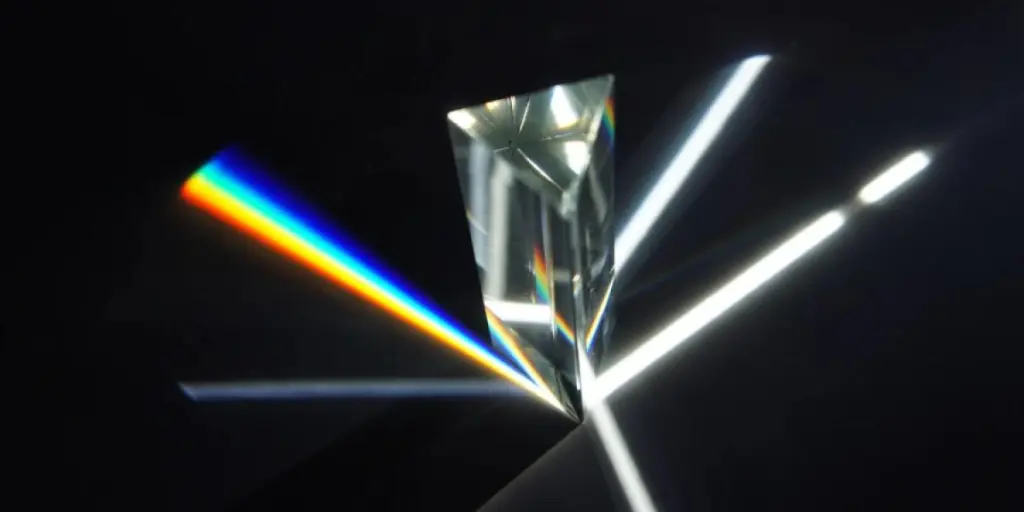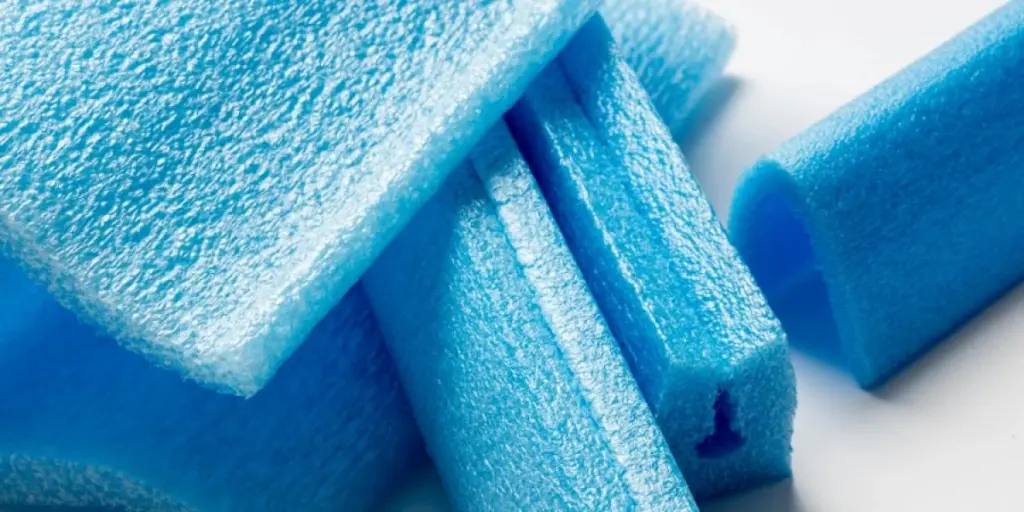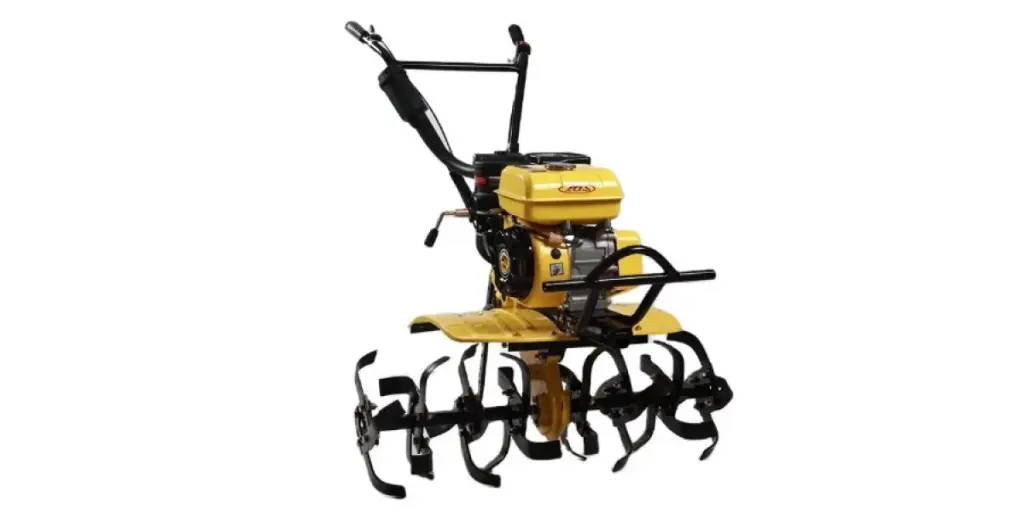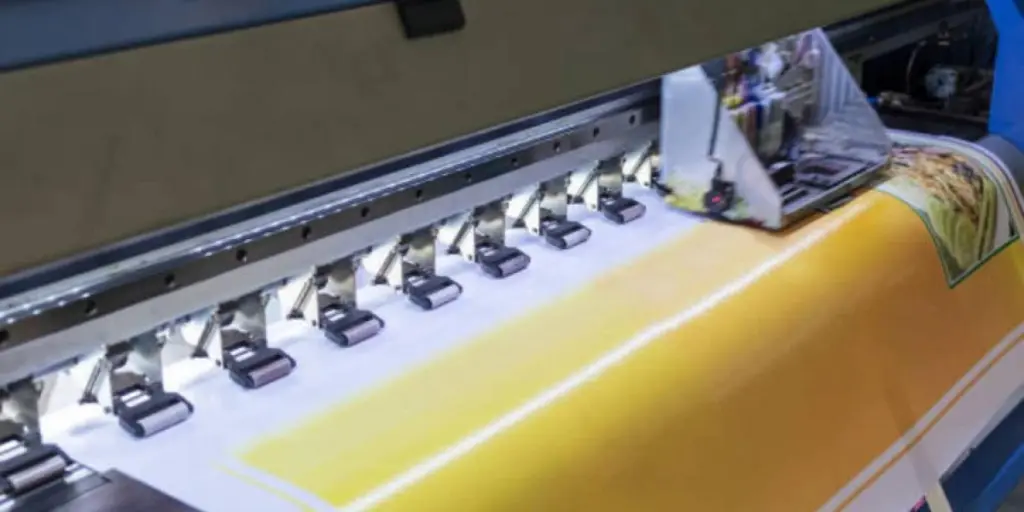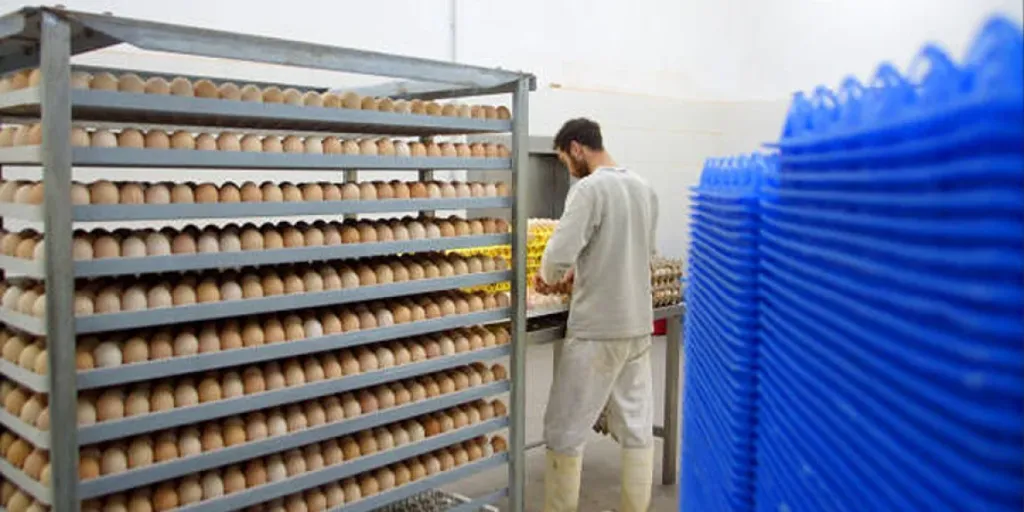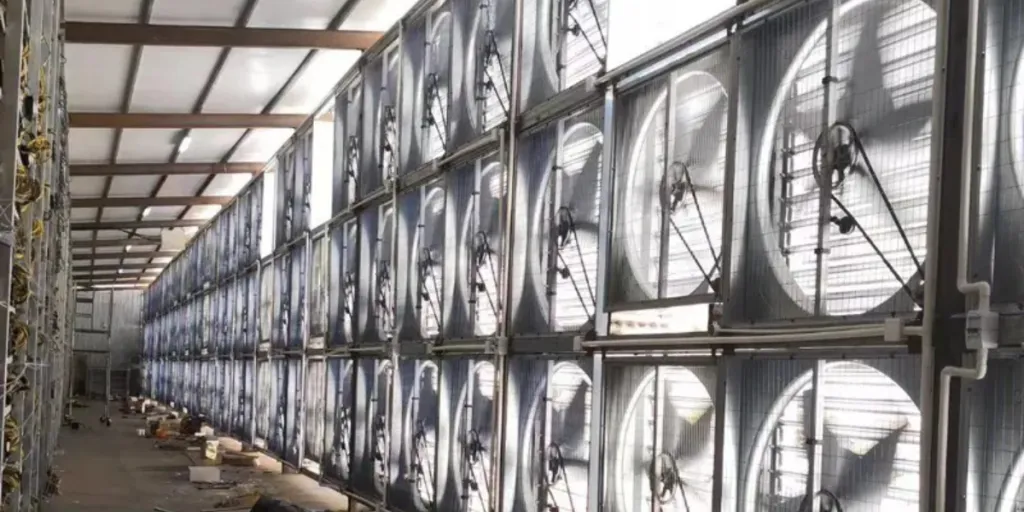Printing is an essential technique in the garment industry. Heat transfer printing processes have been around for a long time and provide good results for most designs and substrates. However, recently, direct-to-film (DTF) printing has been gaining popularity.
According to Future Market Insights, the global digital textile printing market was valued at US $2.7 billion in 2022, with predictions that it will grow at a remarkable 16.3% CAGR, reaching US $8 billion by the end of 2029.
Different types of printing processes exist, including direct-to-film and heat transfer printing.
These two printing methods have advantages and disadvantages; choosing the right one for your business depends on several factors.
In this article, we will take a look at the key differences between DTF and heat transfer printing. Read on to learn more.
Table of Contents
DTF printing
Heat transfer printing
Factors to consider when choosing a printing method
Conclusion
DTF printing
Direct-to-film printing involves printing ink onto a special transfer film with a heat press. First, one transfers the film’s design onto a substrate. The hot melt powder acts as an adhesive, and once it cools down, you peel the film off.
DTF is a relatively new printing technology quickly gaining popularity due to its outstanding versatility. With DTF printing, you can print designs on different surfaces like metal, cotton, and polyester, giving manufacturers unprecedented customization abilities across many products.
Moreover, DTF-printed artwork is durable as it doesn’t crack or stretch. With the right care, DTF-printed designs can last a long time.
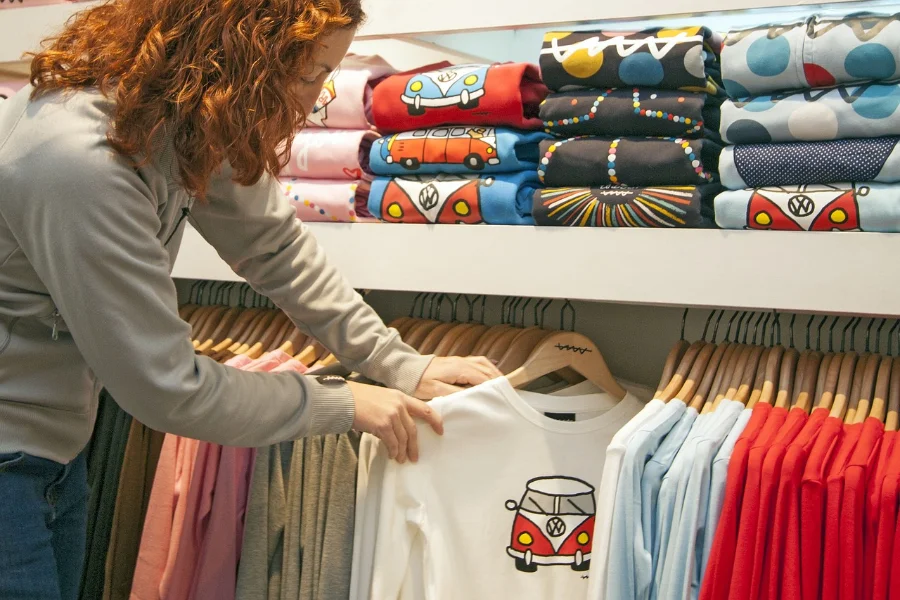
DTF printing is a good option for most businesses looking to go into garment printing as it is cost-effective. In addition, the equipment and consumables are pocket friendly compared to direct-to-garment printing, allowing you to maximize your profits.
DTF printing is best for high-quality prints that require fine detail and vibrant colors. Some other areas DTF is great for are:
- Large prints
- Quick turnarounds
- Full-color images
- One-off and short-run prints
- Surfaces that are hard to print on
Pros of DTF printing
- Exceptional print quality with vibrant colors and fine details
- Versatility as it can be used to print on many materials, including polyester, cotton, and blends
- Durability
- Cost-effectiveness
- Suitable for short runs
- Ideal for large prints
- Straightforward process
Cons of DTF printing
- Time-consuming compared to traditional screen printing
- Limited availability of DTF printers and supplies
- Requires a higher level of expertise to achieve consistent results
Heat transfer printing

Heat transfer printing, also known as heat transfer vinyl (HTV) printing, prints the designs using a printer on a white-colored heat transfer vinyl. You then cut the vinyl using a vinyl cutting plotter to cut around the design. After printing and cutting the design, a weeding tool can be used to remove the excess vinyl around the design until you get a clean image.
Heat transfer printing involves transferring a design onto a garment using heat and pressure. This method is best used for simpler designs and is commonly used in the production of custom T-shirts and other apparel.
HTV is similar to DTF printing, especially the transfer of designs onto the substrate. However, HTV uses an exclusive polyurethane-based material to decorate garments and other items.
In HTV printing, there are various types of vinyl for different designs, for instance, when a glossy or glittering design is required. HTV provides unlimited choices, and despite the weeding process, it doesn’t create a mess.
Pros of heat transfer printing
- Ability to print on various materials, including cotton, polyester, and blends
- Cost-effective for small orders
- Suitable for complex designs
Cons of heat transfer printing
- Lower-quality prints with less detail and color vibrancy compared to DTF printing
- Limited durability compared to traditional screen printing
- Higher cost per unit for large orders
Factors to consider when choosing a printing method
There are several factors to consider when choosing the appropriate printing method. Some of the factors include:
Type of garment or material
Some printing methods work better with certain fabrics than others, so it’s vital to consider the materials of the garments you want to print on.
Design complexity
Different printing methods have different limitations when it comes to fine details and color vibrancy. Consider the complexity of your design and choose a printing method that can achieve the desired results. For instance, if you have a very complex design, you may prefer using DTF to HTV as HTV needs a lot of weeding, which may be time-consuming with complex designs.
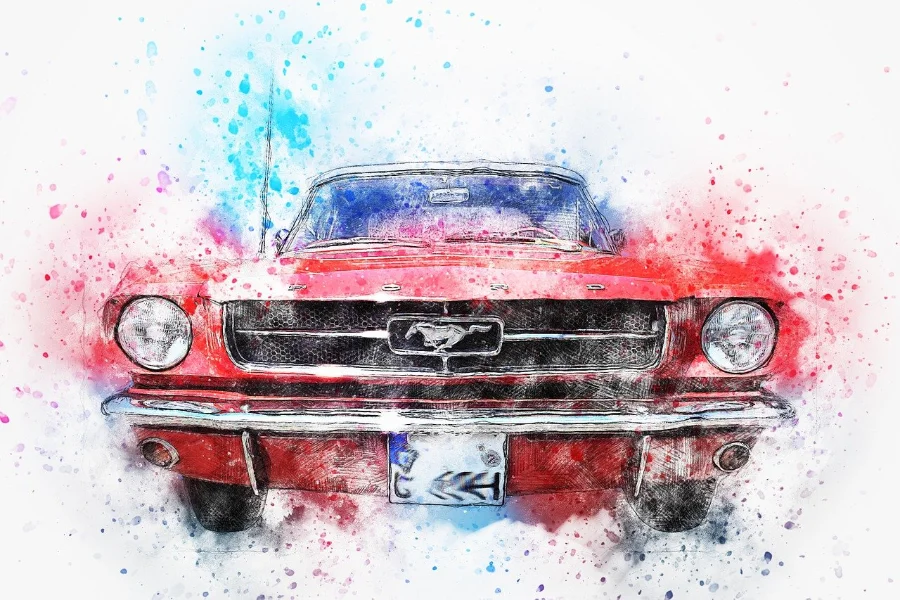
Order size and frequency
The size and the frequency of your orders can impact the cost-effectiveness of different printing methods. For instance, if you have large orders, you should consider using DTF as it can quickly churn out more products than HTV, which will take time due to weeding.
Time
Consider the time required to produce the prints you need. If you have a short timeline, DTF is better because it can print on a large scale, and you don’t waste time weeding.
Cost constraints
It’s essential to consider your budget when choosing a printing method. If you are new to the printing business, DTF has a higher initial cost because it is more advanced and requires more consumables. However, DTF is better than heat transfer printing if you are in the business.
Conclusion
DTF printing and heat transfer printing are two popular printing methods used in the garment industry. Each method has its unique advantages and disadvantages. Understanding the two processes will help you choose a suitable printing method for your business.
To choose the right printing method, one must consider the type of materials, the design complexity, the order size, and the frequency. Moreover, time constraints and budget will affect the choice of printing method.
After choosing a suitable printing method, browse a huge range of printers and consumables on Alibaba.com.

